January 5, 2020
Martha O'Kennon


After a very cold spell, our January thaw seems to have begun the last week of December. By this time, the leaf net was full of Norway Maple leaves, and the water was quite dark from the decomposition process on the old leaves. Finally, I was able to break some of the ice haul the net out, and dump it into the yard. Chaim and I took turns removing buckets of water and then running fresh water from the house, and then remembering to unscrew the hose from the house. I only found one small dead fish. The second picture shows some of the population after all this work! There are actually more fish than this. For instance, the black ones aren't showing up in most of the pictures I took that day. So the damage didn't amount to worse than it seemed. But now there is only a small hole in the ice again. Hey, it's winter in Michigan. I'm trying to record when the weather seems more extreme than most years. We still have the rest of the winter to keep a lookout!
Remember that there is information in the name of the file for each image. You can see it by mousing over the image - look at the lower left of the screen. Or you can click on the image to get to the (usually) larger image. Then the info is displayed in the address line above. Sometimes the second click will actually display a different view of the original image.
Ants and Barklice are still the faithful of the shop siding. As usual, we had a few Small Honey Ants. The barklouse here is our old friend Graphopsocus cruciatus (NOT Graphocephala cruciatus, as I've been spelling it lately - shows what happens when hubris kicks in and discourages one from checking the spellings!) Third and fourth show another kind that was running around out there for about a week. These two MAY be two different individuals, but I think they're the same species, whatever that is!
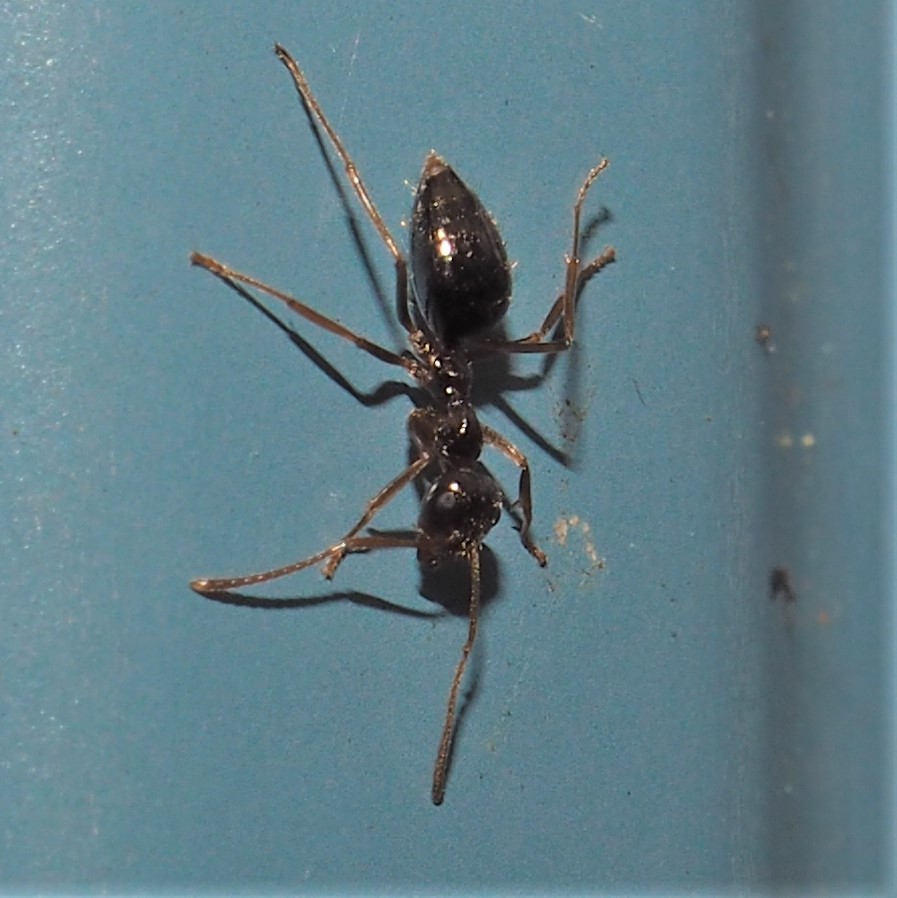
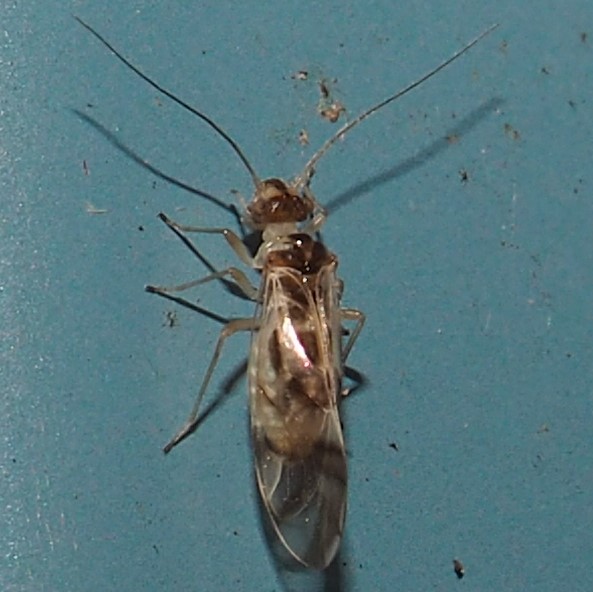
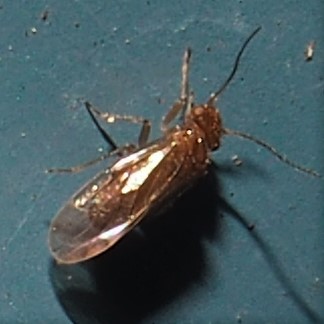
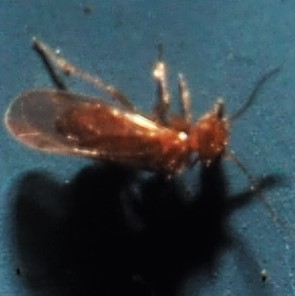
Those red beetles! I've about given up trying to figure out which are the same as others. So let's say we had (number 1) red beetles of genus Cryptophagus, same as in previous weeks. Then a browner relative, it seems, in picture 2. And an even browner one in place #3.



Moving on to less similar beetle body types. First is an Antlike Flower Beetle of genus Anthicus. Then a small Dung Beetle (pictures 2 and 3) Aphodius distinctus, identified by Boris Büche. It was at 5 mm still much larger than the red beetles above. There were actually 2 individuals of A. distinctus that day. Ours was, however, the only one in iNat's range map in the midwest.
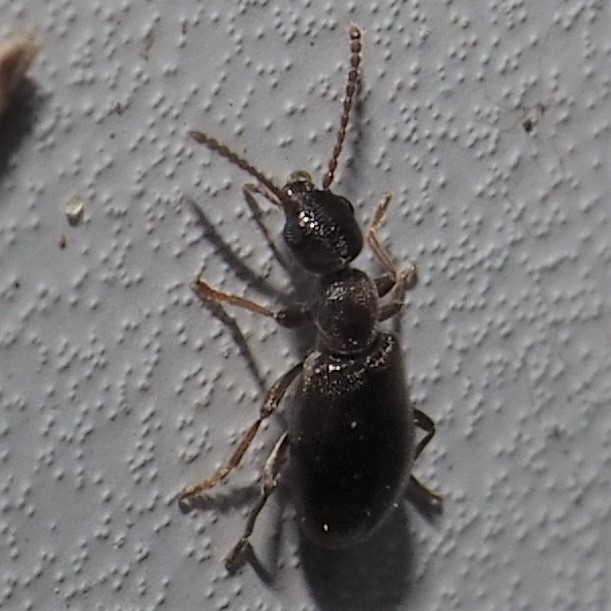
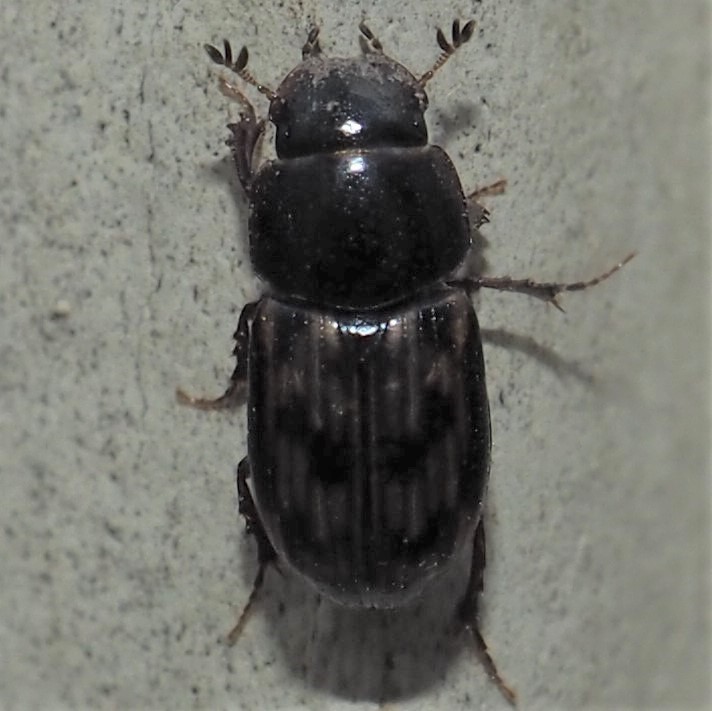
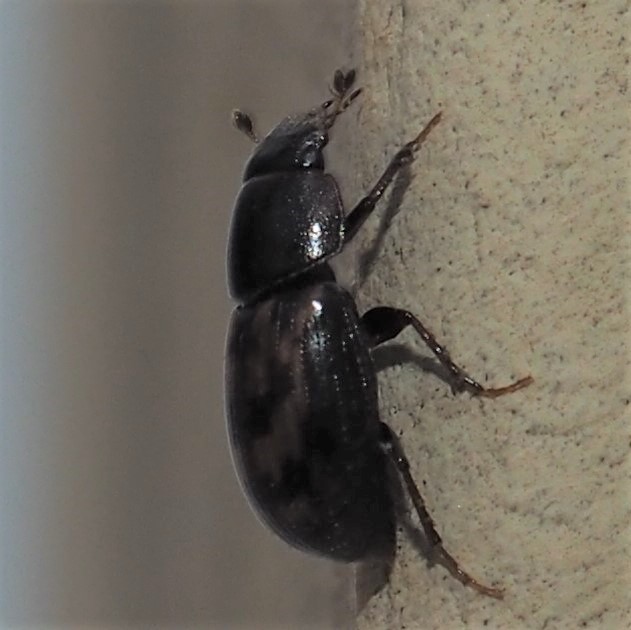
Moving to Bugs, we had a Stilt Bug visitor (genus Jalysus). Then two different species of Stink Bug, one of genus Euschistus and then a Predatory Stink Bug, genus Podisus.
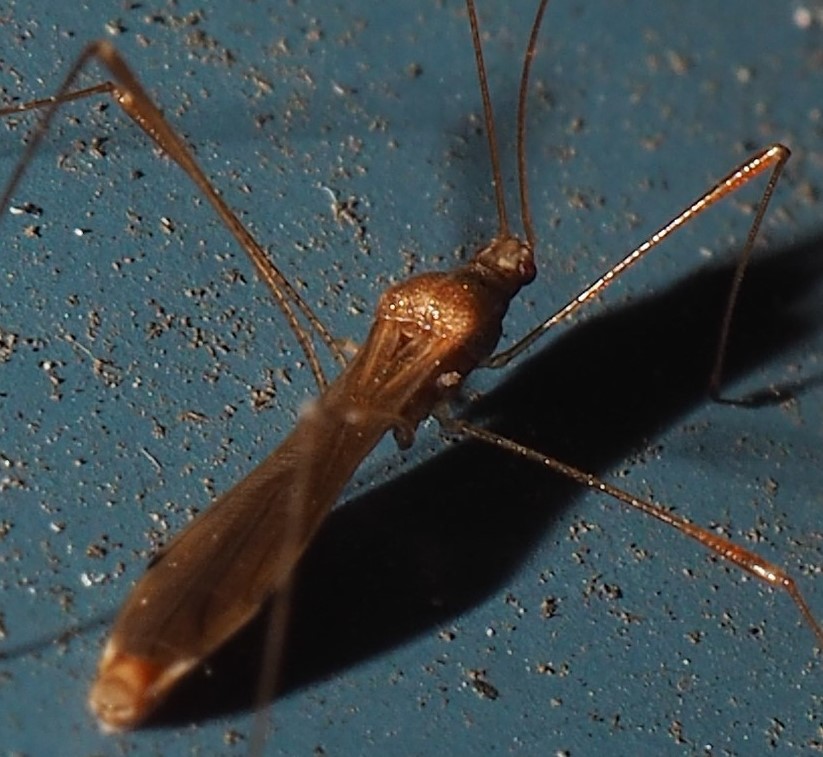
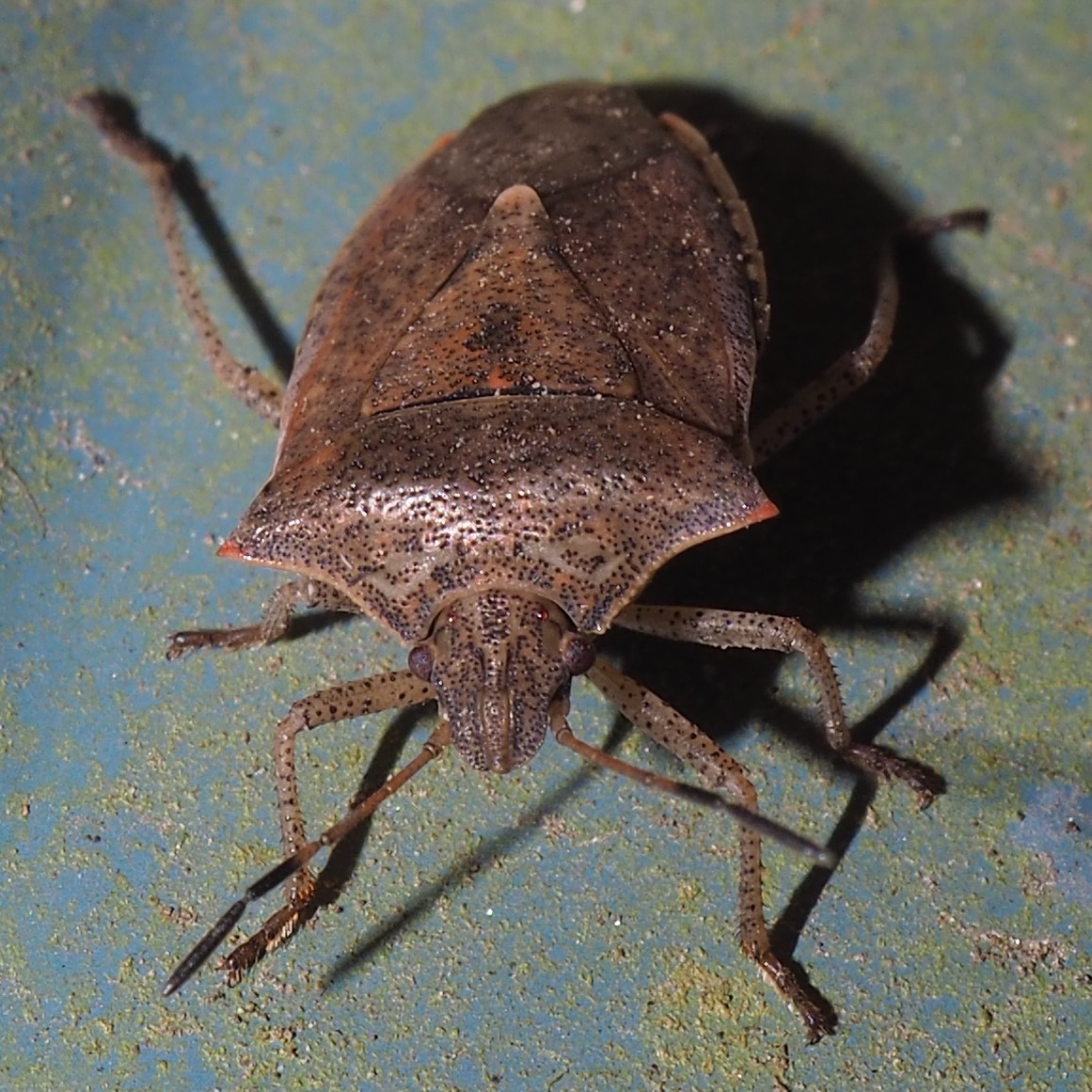
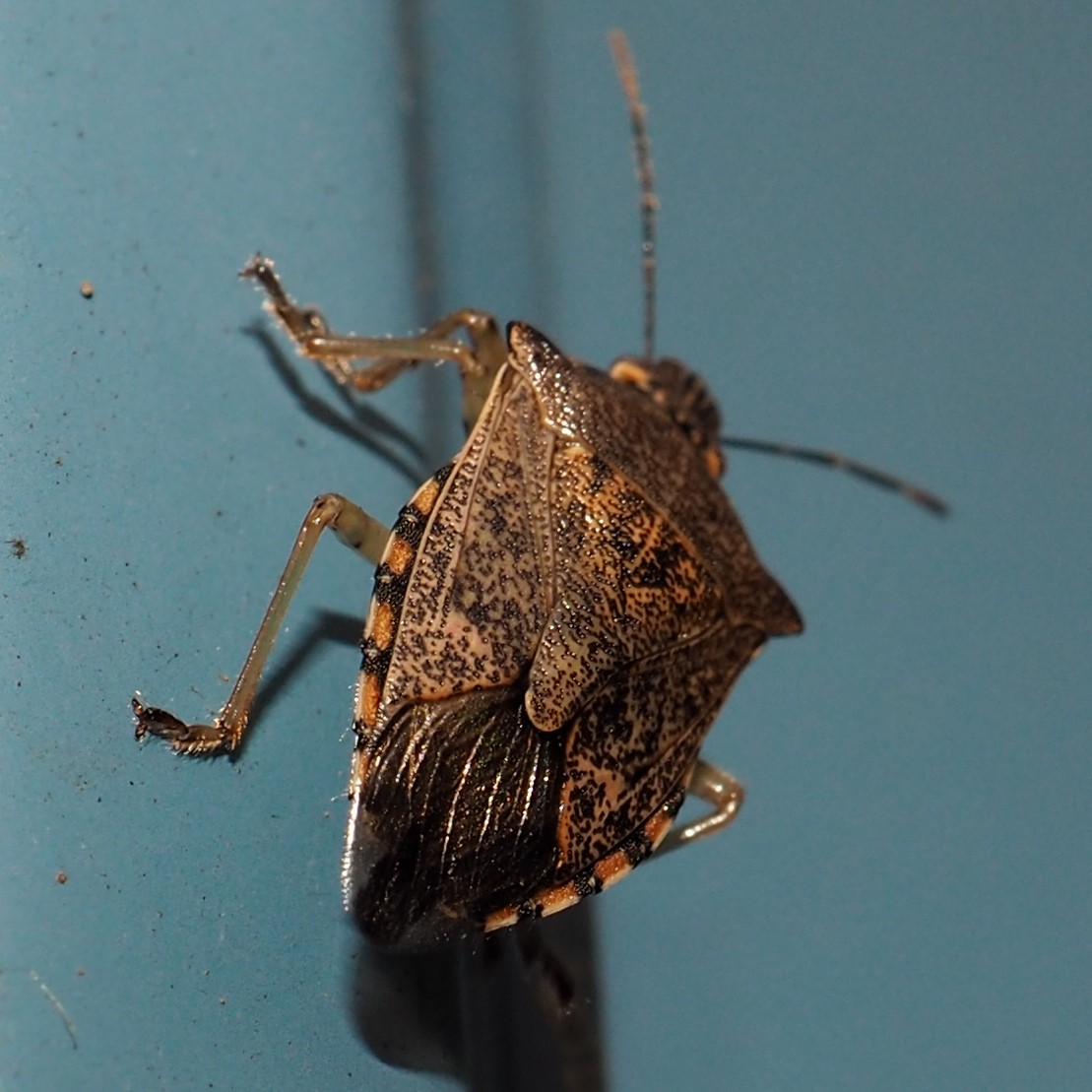
Our friend Drymus Unus, which typically spends the winter here, did not disappoint. The second bug was a big surprise. You know the Boxelder Bugs, which try to get between the clapboards of these old wooden houses. Well, I thought picture 2 was one of those pesky bugs. But when I tested it out on iNat's ID app, it said our bug was a Small Milkweed Bug. Now every one of those I've ever seen has been actively scarfing on Milkweed. But a day or so after I submitted it to iNat as a Small Milkweed Bug, a colleague named Fabien Piednoir re-identified it as Eastern Small Milkweed Bug. So a new old friend.
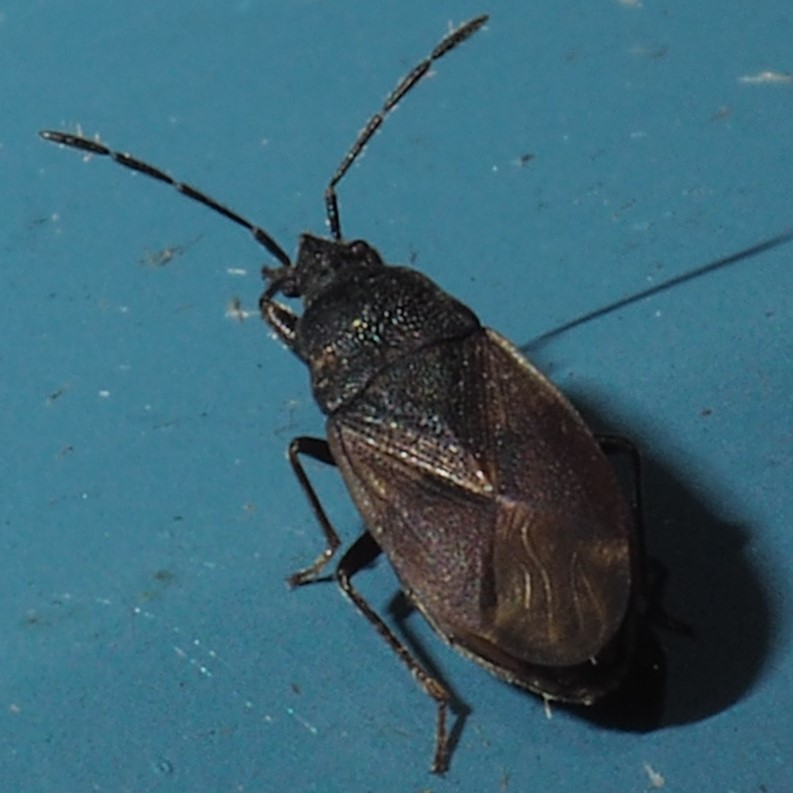
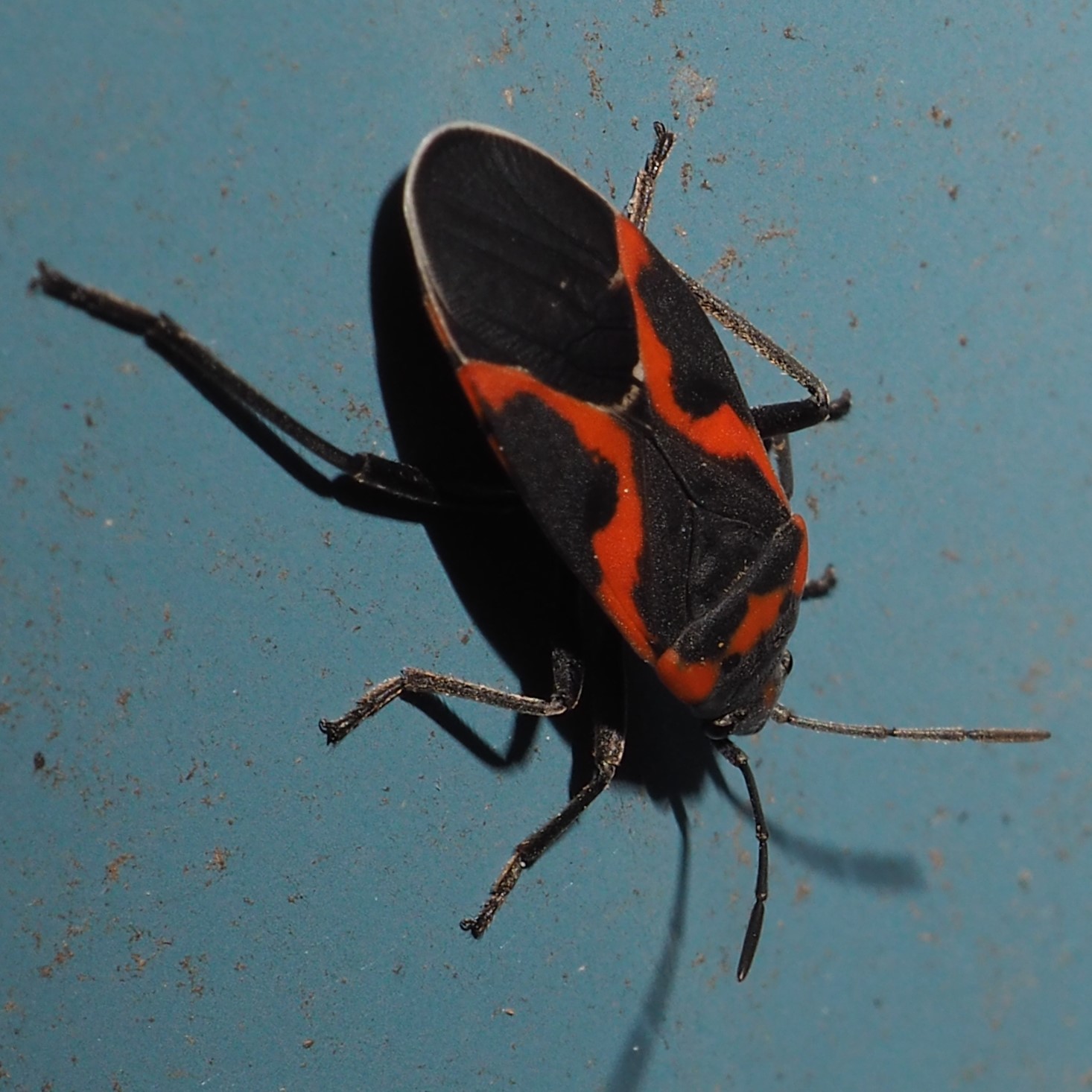
During the "thaw", a few Leafhoppers came to visit. First up is one that Kyle Kittelberger identified a few weeks ago as belonging to genus Dikraneura. Then one of the genus Erythridula. Third is a very regular visitor, Erythroneura vulnerata. And fourth, a Mystery Leafhopper.


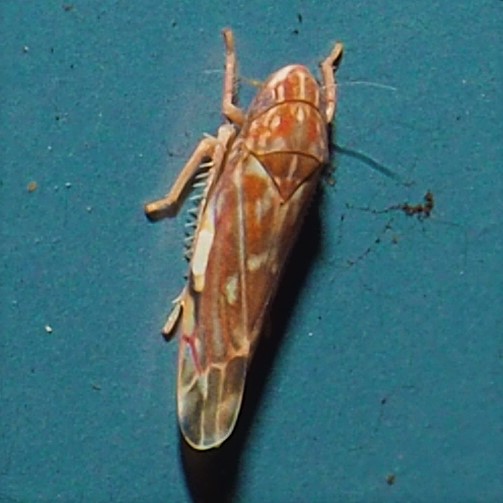

Fly time! This first one may be a Fungus Gnat. Second may be another Fungus Gnat or maybe a tiny Crane Fly. Number 3 is the same insect as number 2. Fourth was ID'd as a Fungus Gnat. I don't usually see them with their wings spread like that!



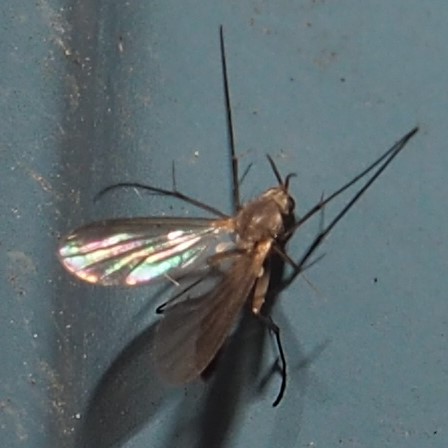
When I saw this first fly, I automatically didn't think of a mosquito, considering the weather. But look at those gorgeous green eyes. It's an Inland Floodwater Mosquito, Aedes vexans! Next is the European Harvestman, Phalangium opilio. And another, probably related, Harvestman.
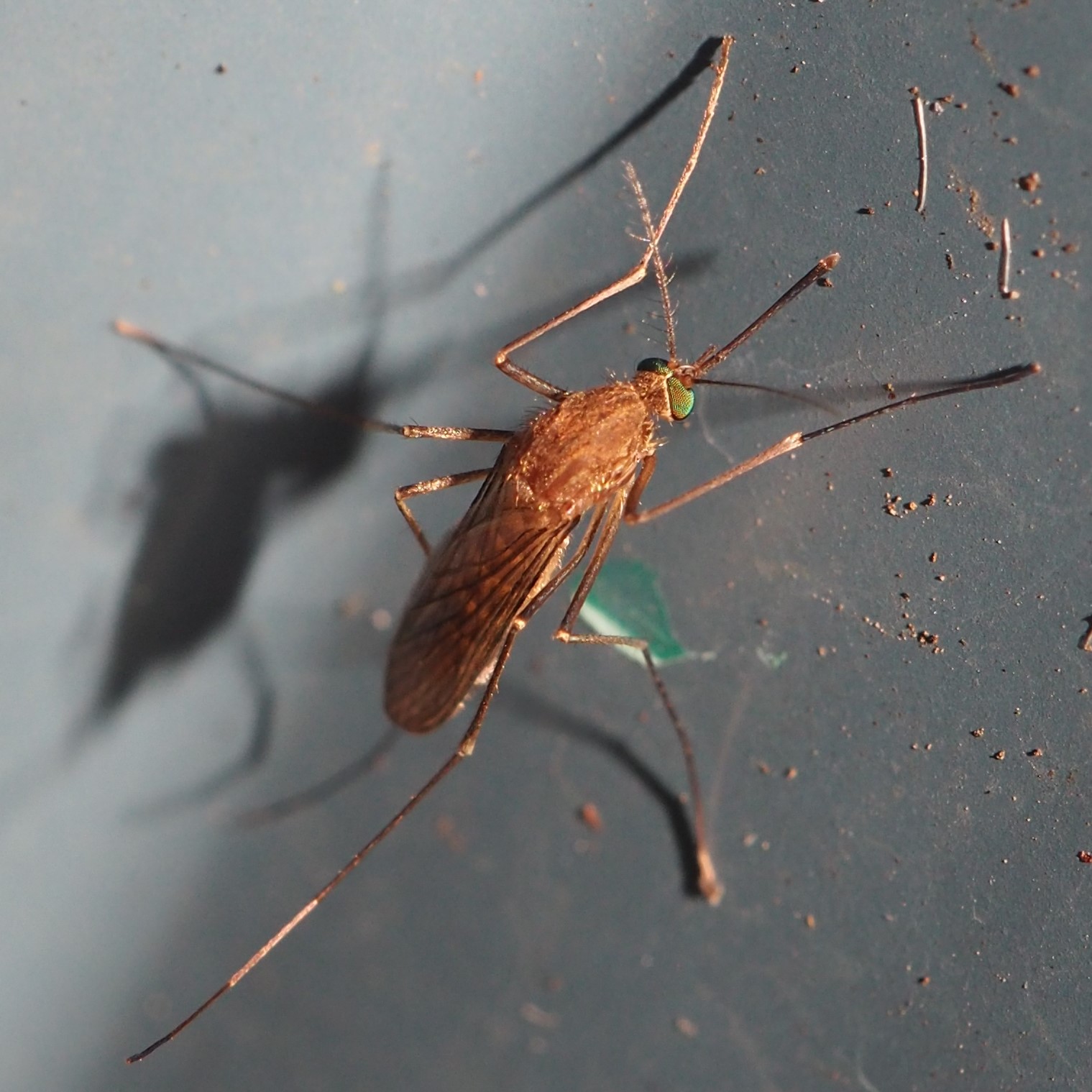
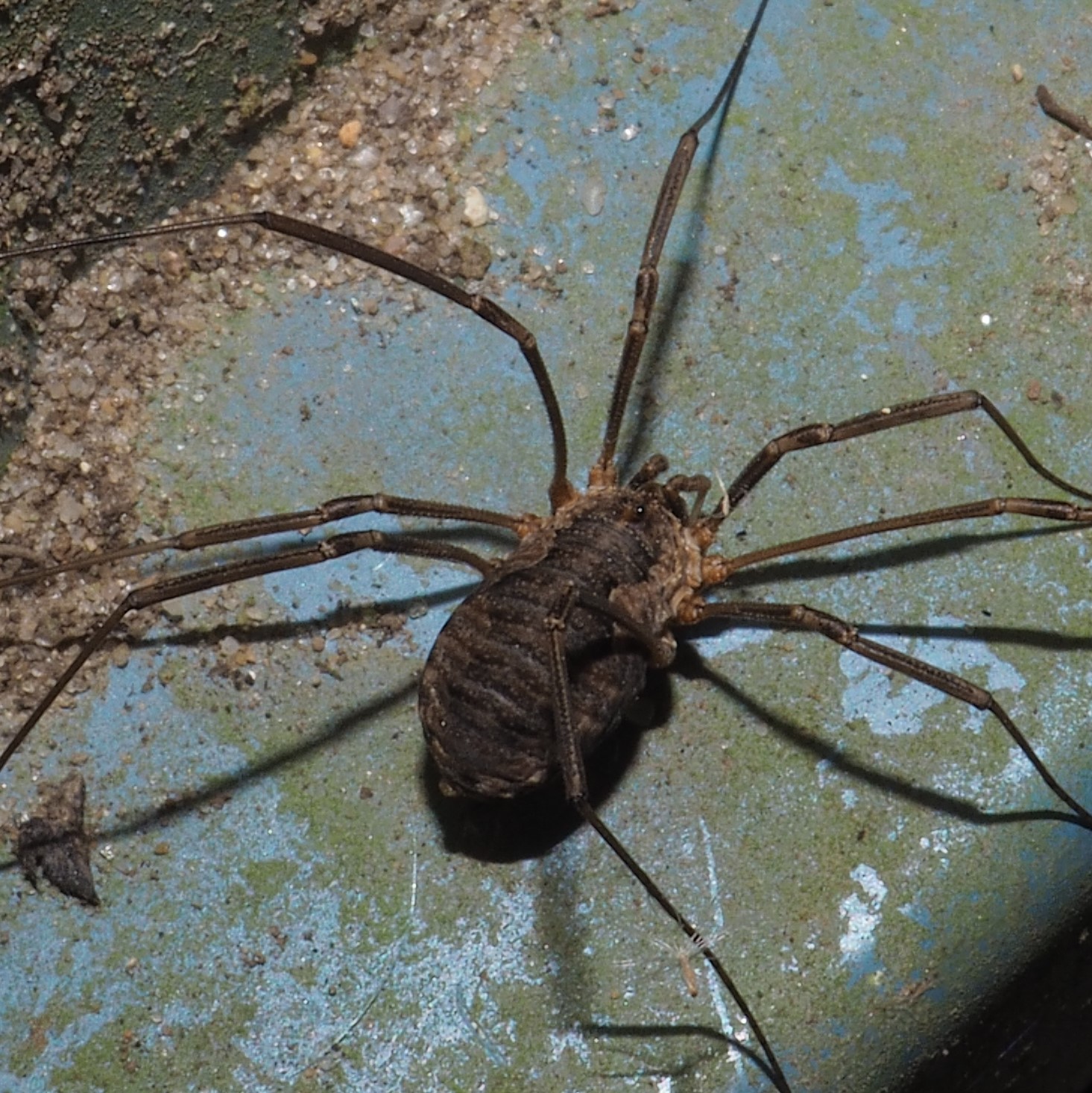
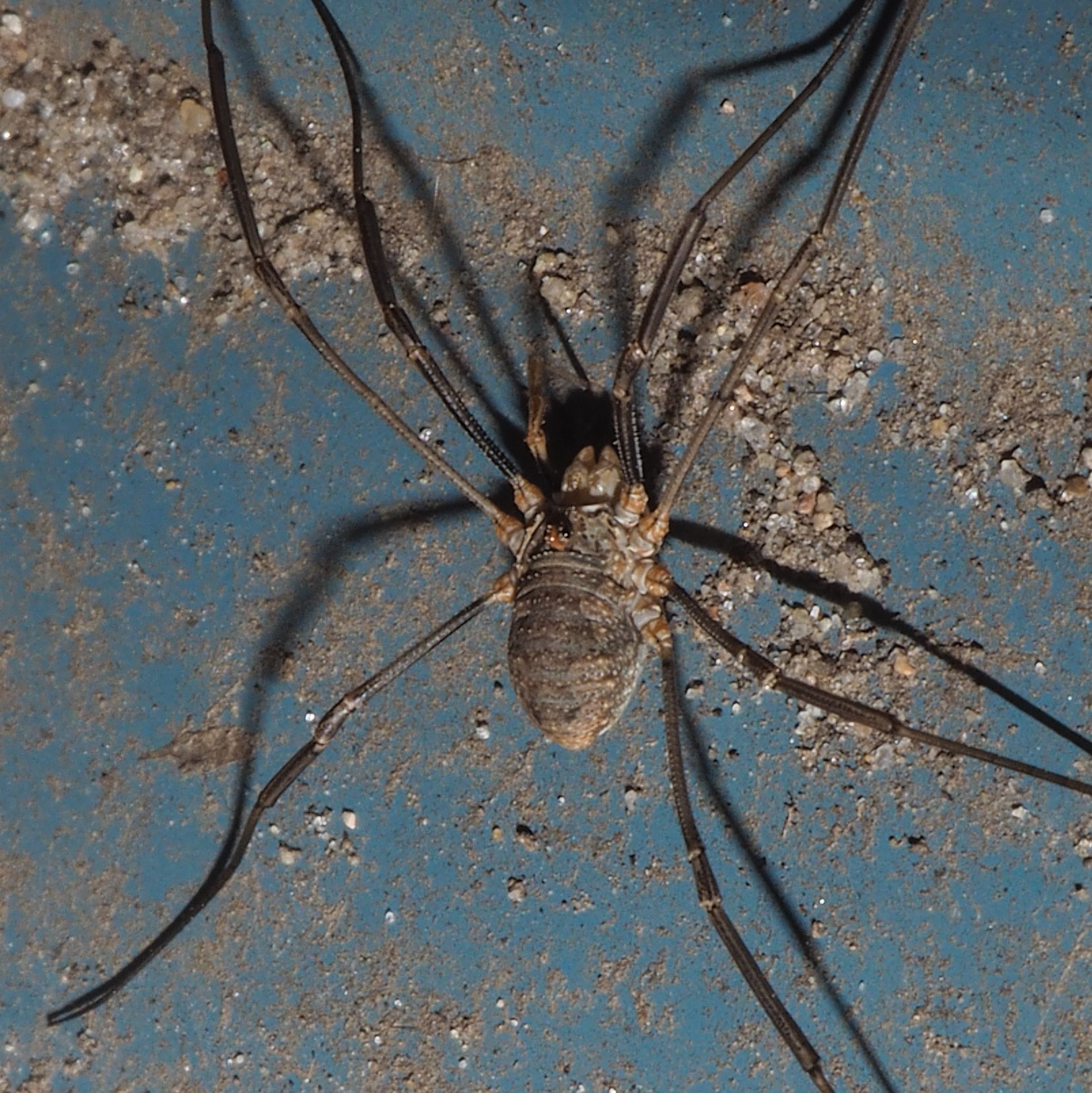
Here is an intrepid Brown Lacewing. Then (picture 2) an Inchworm or Looper, almost hidden in the dirt surrounding it. Then another Looper, which I thought I recognized from earlier. I did! I have been seeing it looking dead for a month or more (picture 4). It has been awfully cold out there so I had assumed its defunctionality for all this time!
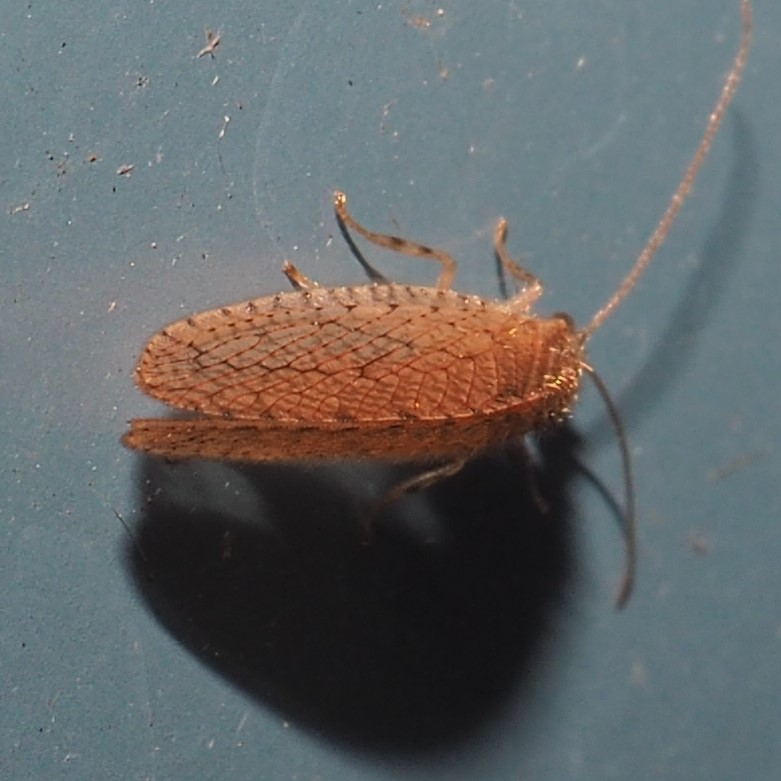
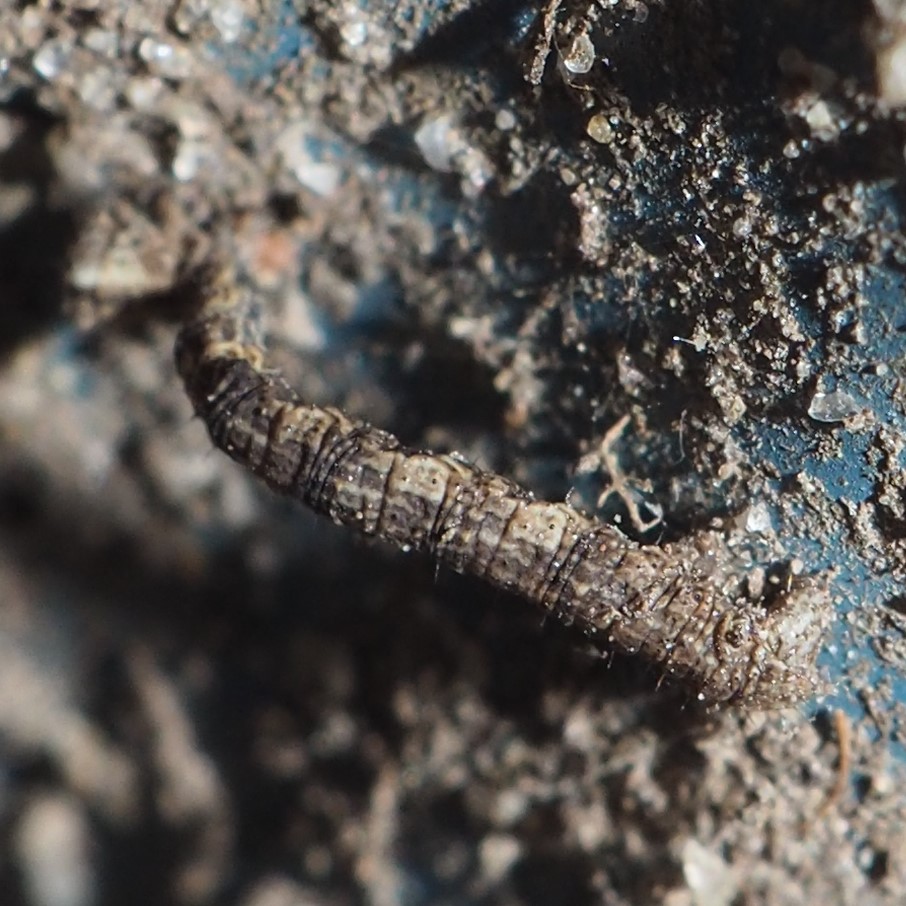

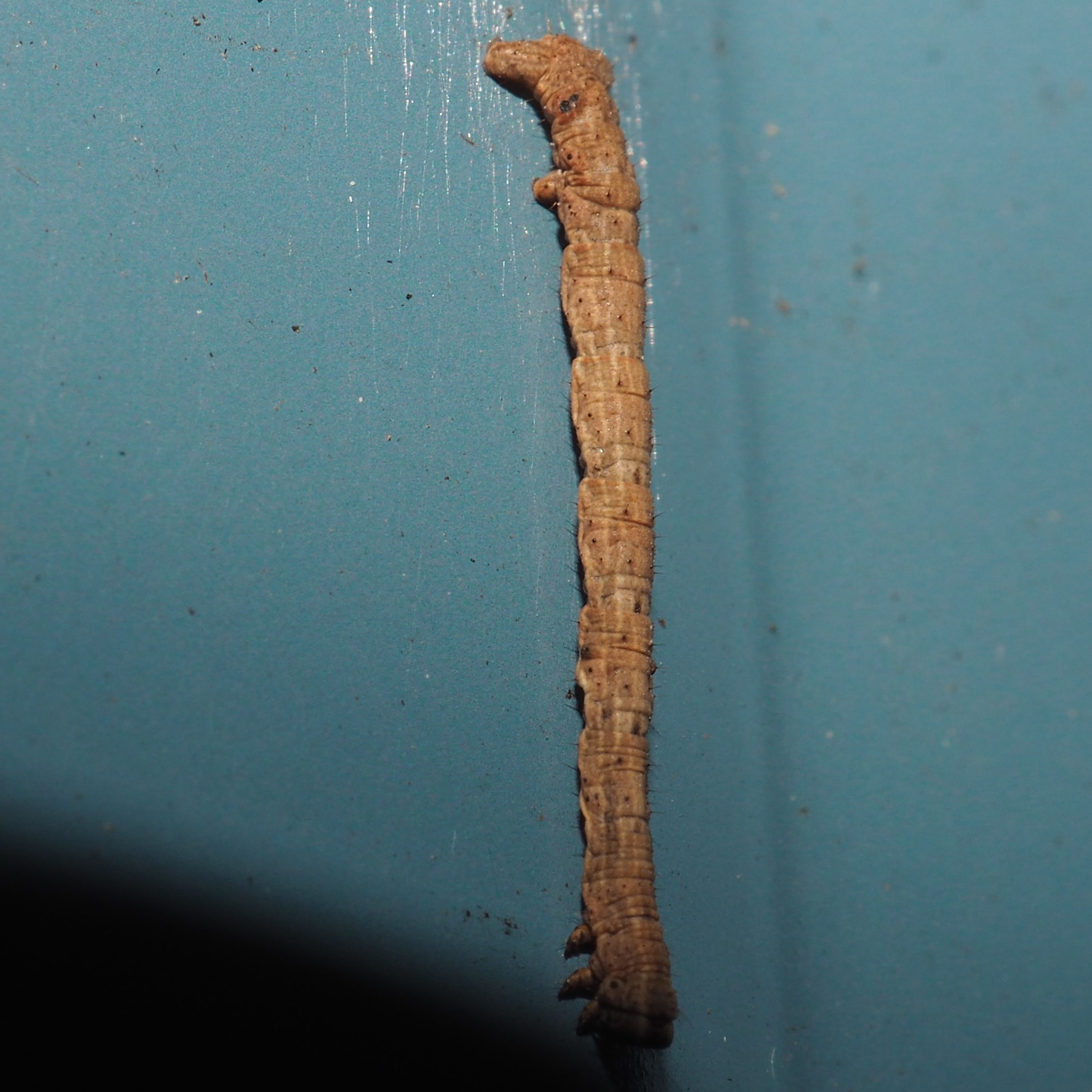
This Psyllid (a relative of the Barklice) appeared for a few minutes one day. The iNat ID app placed it into the genus Trioza, but I have pored over the photos of that genus and haven't seen one with so dark a green color as mine. (I've lightened these images up).
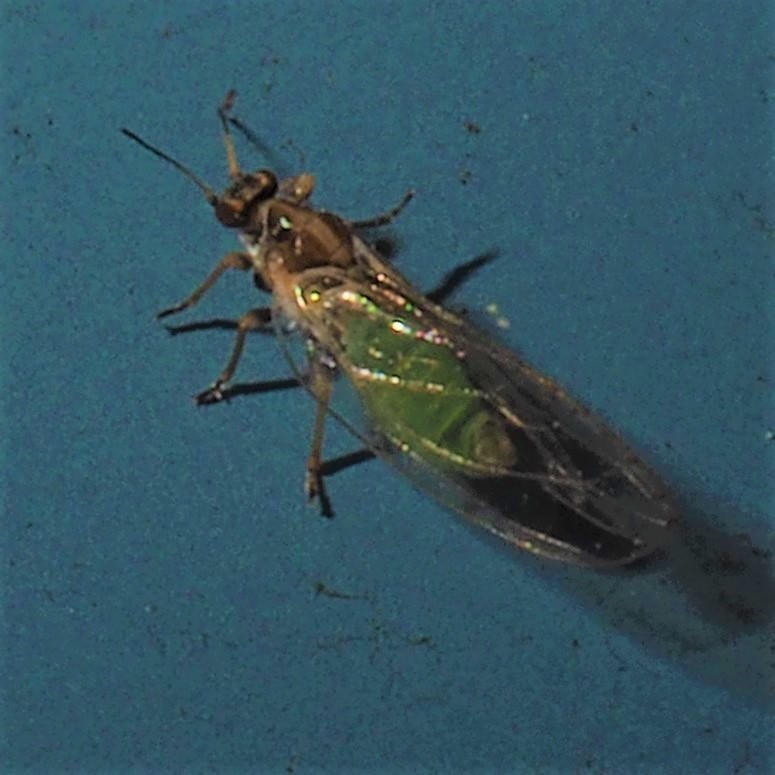
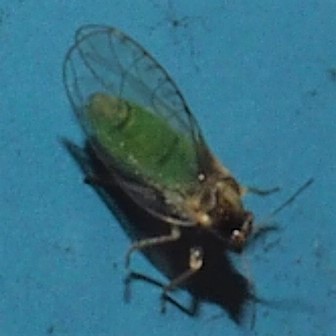
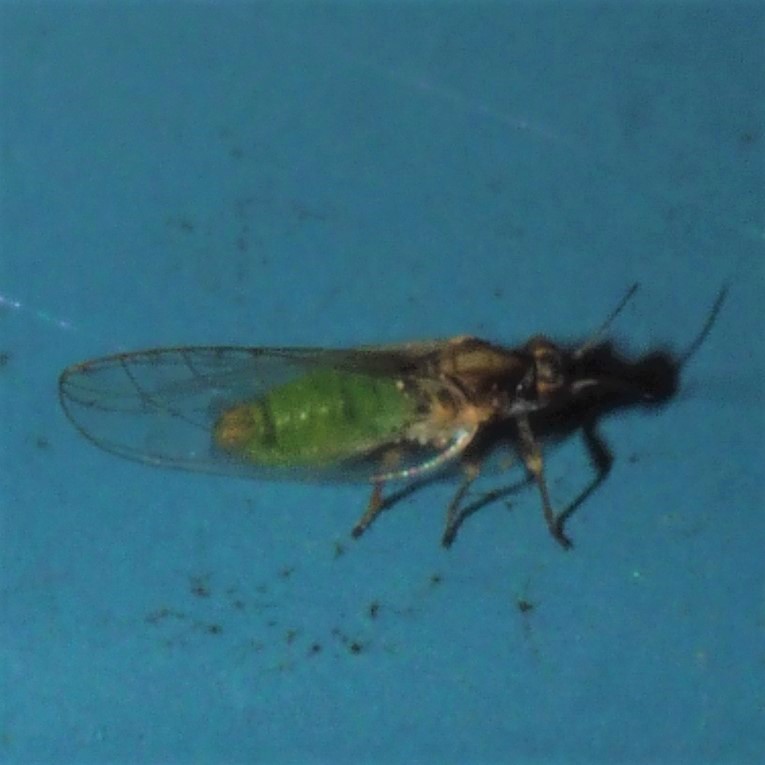
So on to the spiders! First (two images), probably a cobwebber or lyniiphid. Second is in the genus Grammonota, a Dwarf Spider.
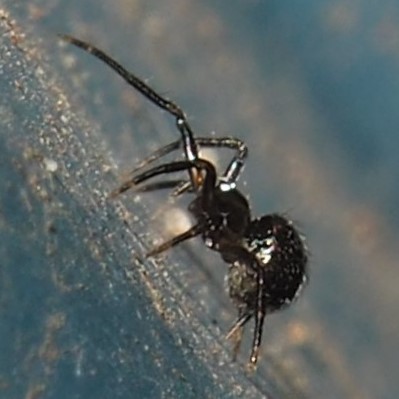
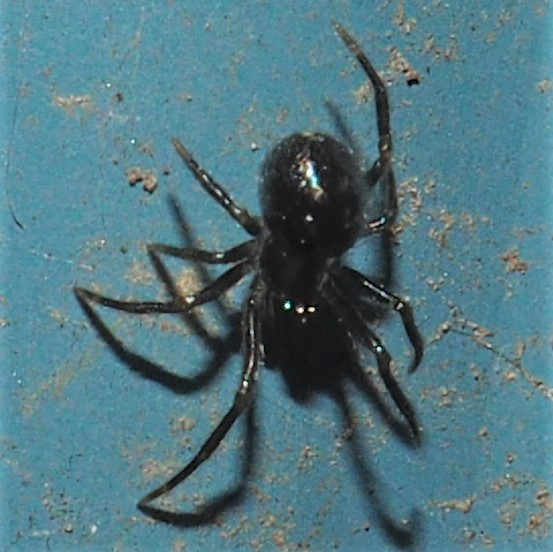

Here's a Wolf Spider, scuttling along the bottom of the siding. Second is a Western Lynx Spider. It also is a scuttler! Third one: I thought it looked like a Jumper, but Matt says another Western Lynx. They look totally unlike to me! Matt says they have a lot of variations.. I Guess they Do! Fourth is a Jumping Spider, taken by Biddy Greene in Cape Town. No news yet as to WHICH Jumper it is. Thanks, Biddy!
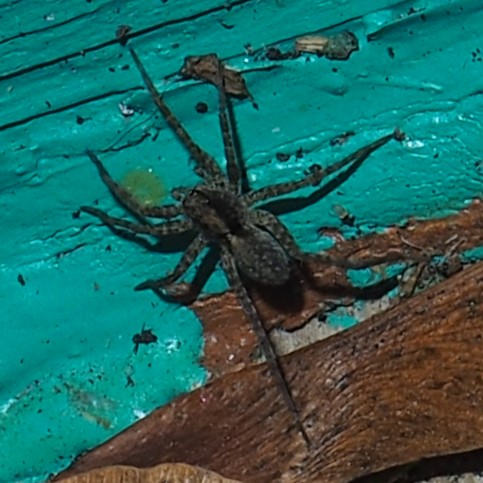
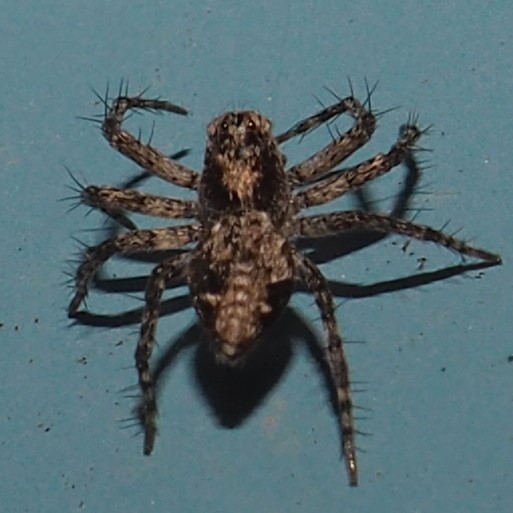

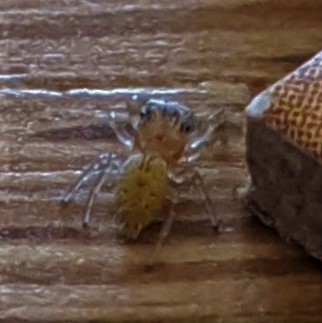
Guess who showed up again this past week for a few minutes! Yes, our lovely friend, the Green Long-jawed Orbweaver. This one seems younger. It was only about a centimeter across, counting its enormous legs.
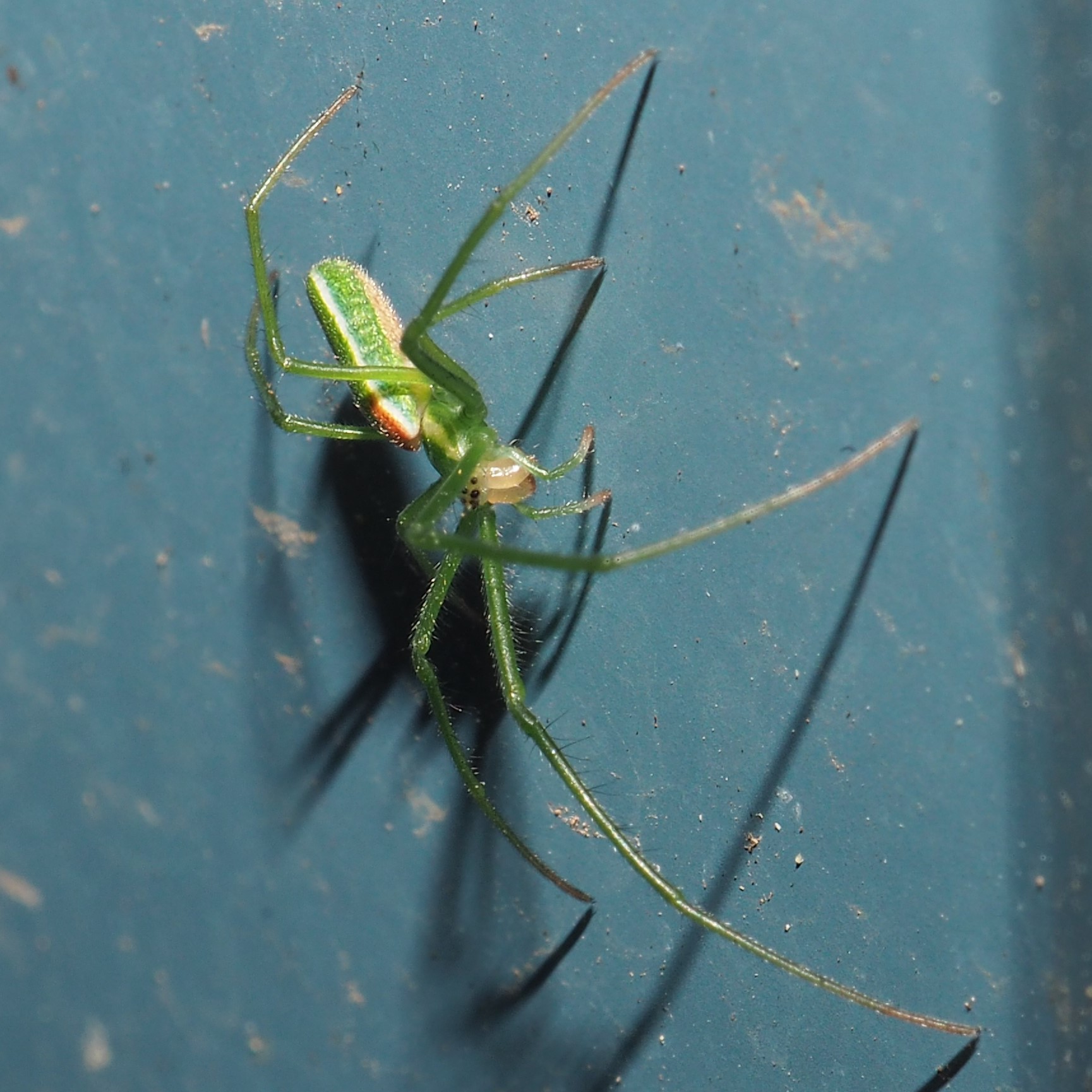
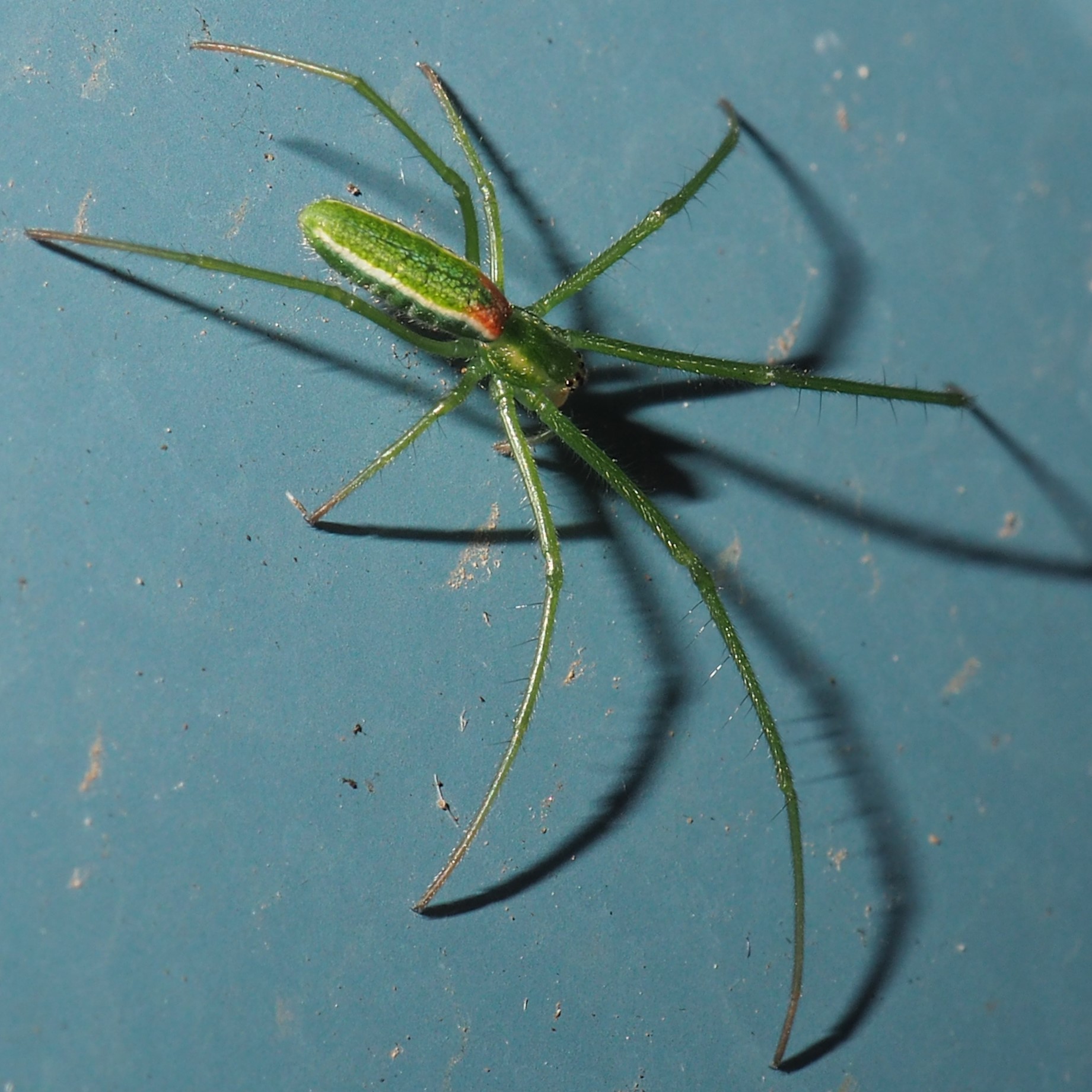
Guess who else is back? Is it the same old one or a younger one? Well, no matter, it IS an Orchard Orbweaver, Leucauge venusta. In the third picture, there is a little mystery critter. What could it be?
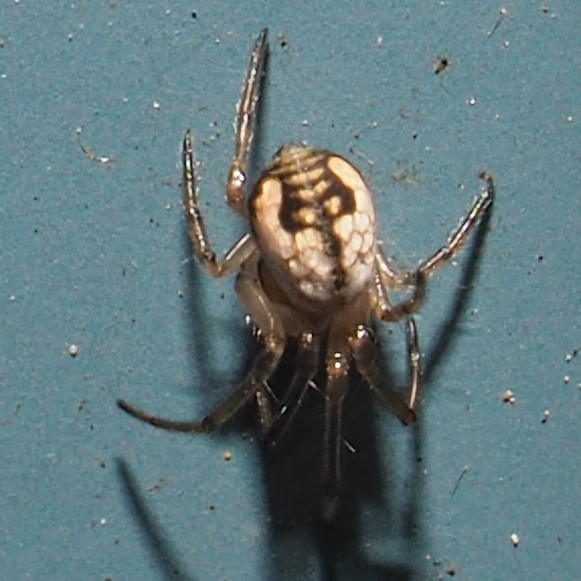
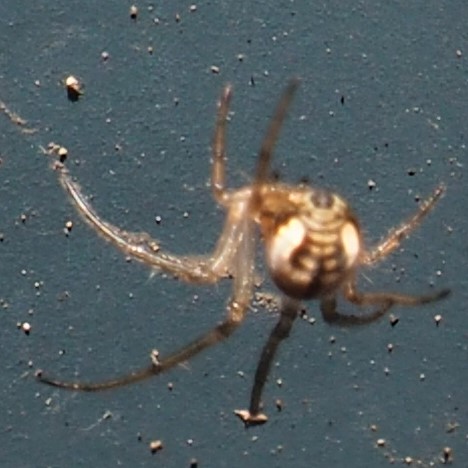
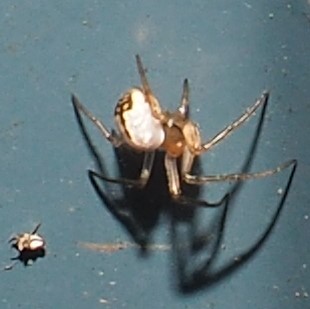
It is really that time of year. Yesterday I spotted my first Gall Wasp of the season. They look like big fat ants. Here the "big" is relative - they're about the size of the Small Honey Ants. A few days ago, I found another Encyrtid Wasp.
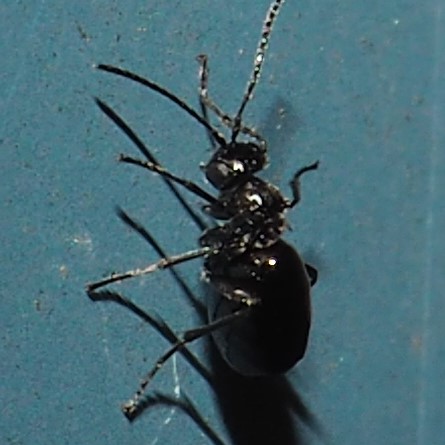
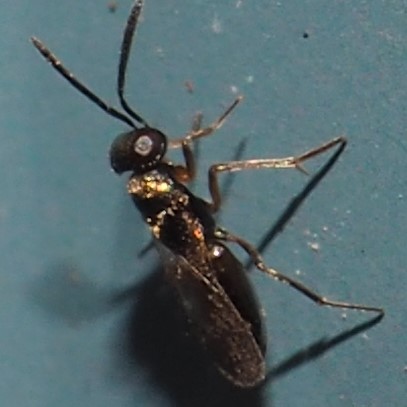
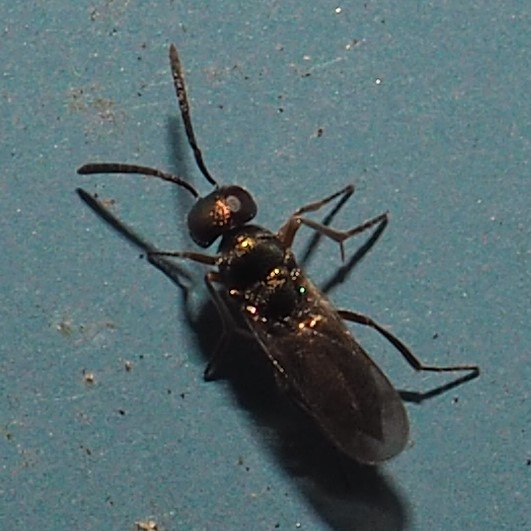
Well, it's been almost two weeks since the last blog.. Maybe our luck will hold out and we'll have another in about that long. Until then, Cheers for all the seasons!
p.s. I only got one request to see the little chess set. Here are the two sides. The Incans are mostly decorated with corn, while the Spaniards are decorated with crosses and swords. The Incan equivalent of the bishops are musicians. If you look carefully, you'll see that they are carrying little Pan Pipes. My favorite part is the llamas that are the counterparts of the horses.
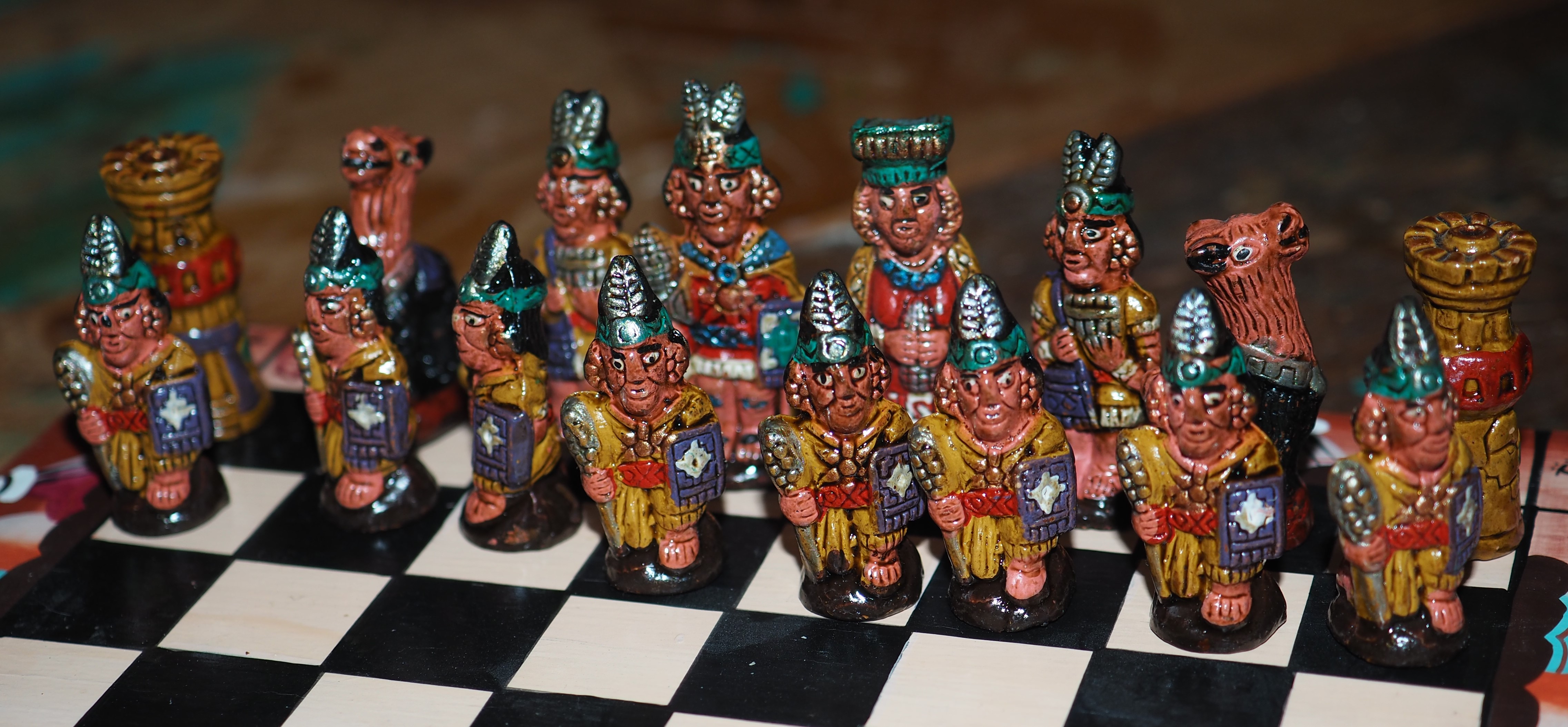
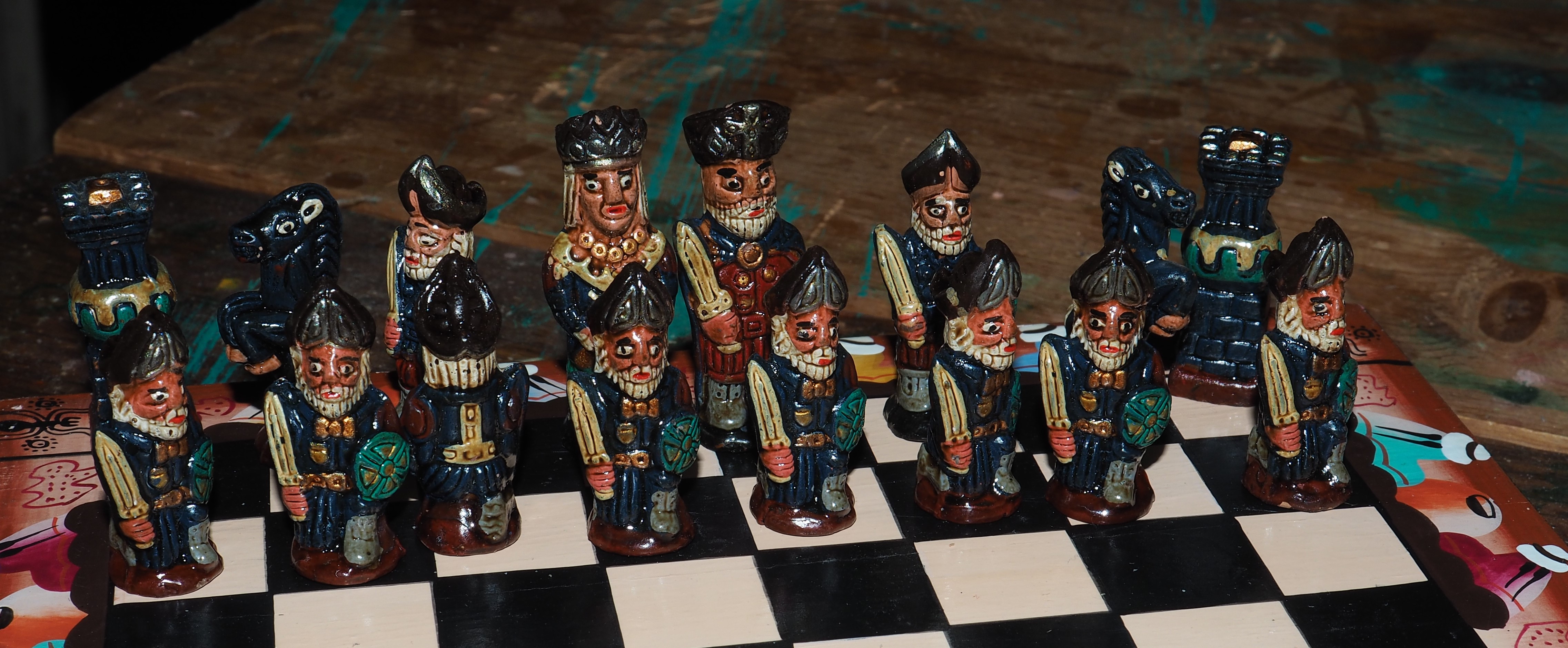
Back to December 22, 2019
Forward to January 19, 2020
Back to main menu
copyright Martha O'Kennon 2020





















































